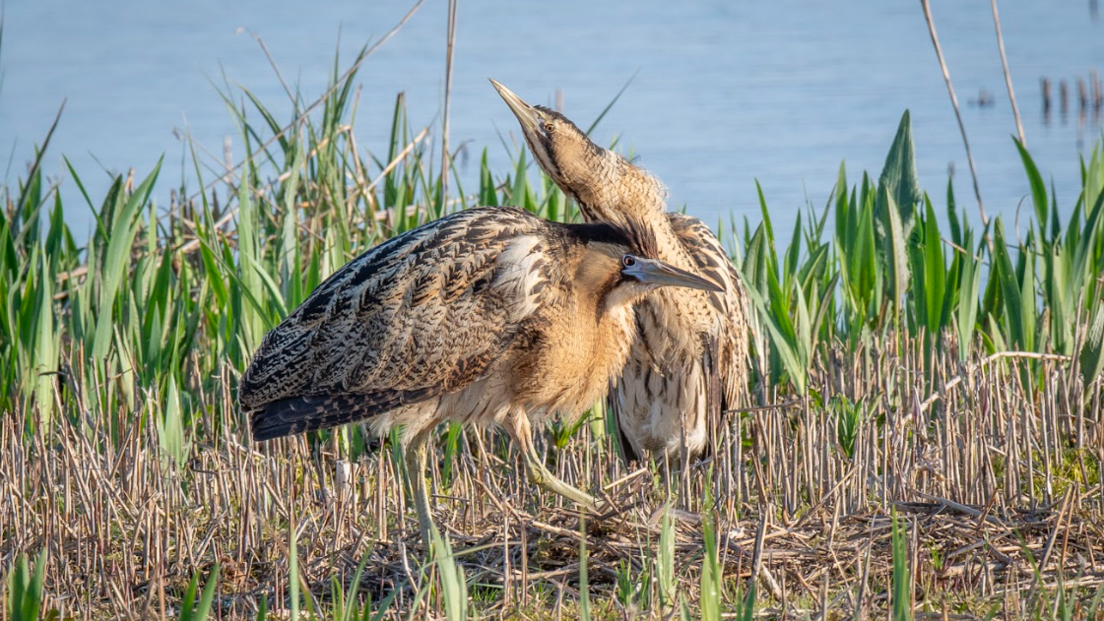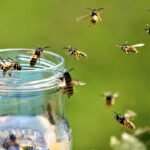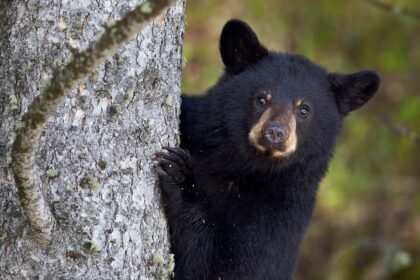Bittern Breeding Record Marks Thriving Season at Middleton Lakes
Middleton Lakes in Staffordshire has marked a record-breaking breeding season for one of the UK’s rarest birds: the bittern. Once extinct in Britain, bitterns have made a remarkable comeback thanks to dedicated conservation efforts. In 1997, only 11 booming males were recorded in the country, highlighting the species’ fragility.
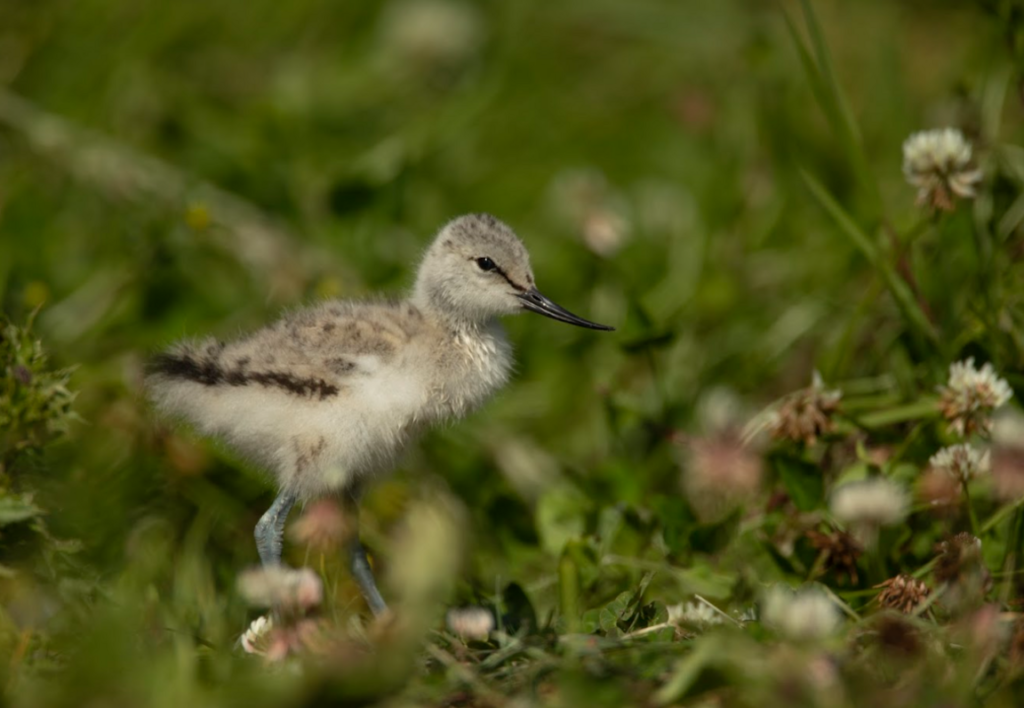
This year, the RSPB confirmed two males and two active nests at Middleton Lakes. At least five chicks have fledged so far, though the exact number remains uncertain due to the birds’ secretive habits.
Despite their elusive nature, male bitterns are known for their loud, booming calls, which can travel up to three miles to attract a mate.
Conservation Efforts Drive Bittern Breeding Record in the West Midlands
Careful habitat management has played a pivotal role in the bitterns’ recovery. Since bitterns successfully bred in the West Midlands for the first time in over a century in 2021, Middleton Lakes has continued to see fledging each year.
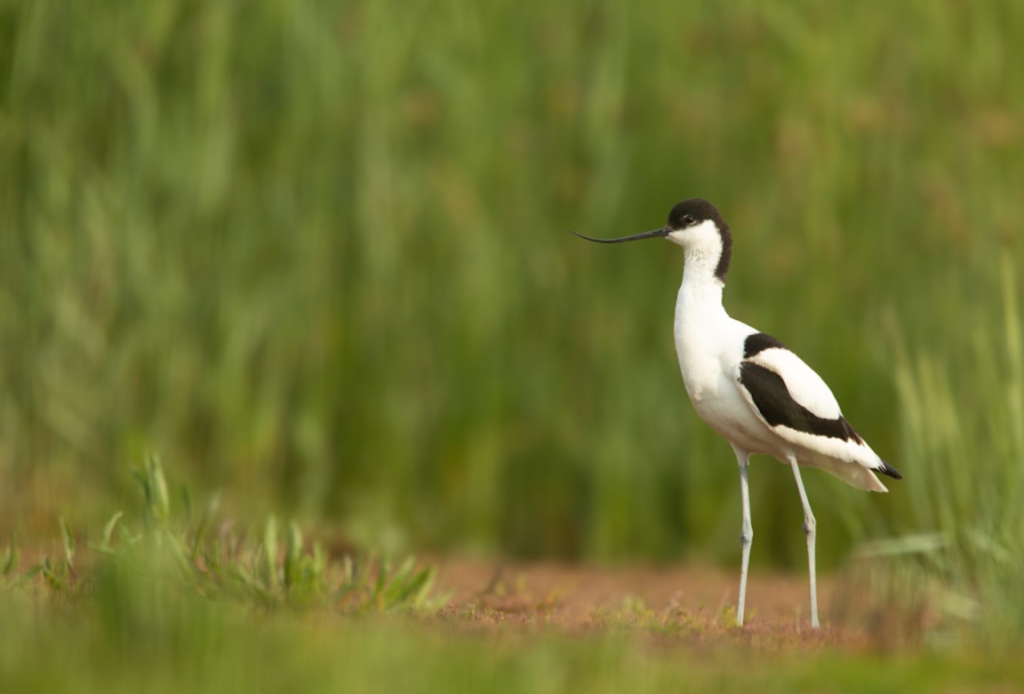
Kate Thorpe, site manager at RSPB Middleton Lakes, says, “We are thrilled to see bitterns and other wading birds thrive. This highlights how resilient habitats can help species bounce back even with the challenges posed by climate change.”
Wader Breeding Success Adds to Record-Breaking Year
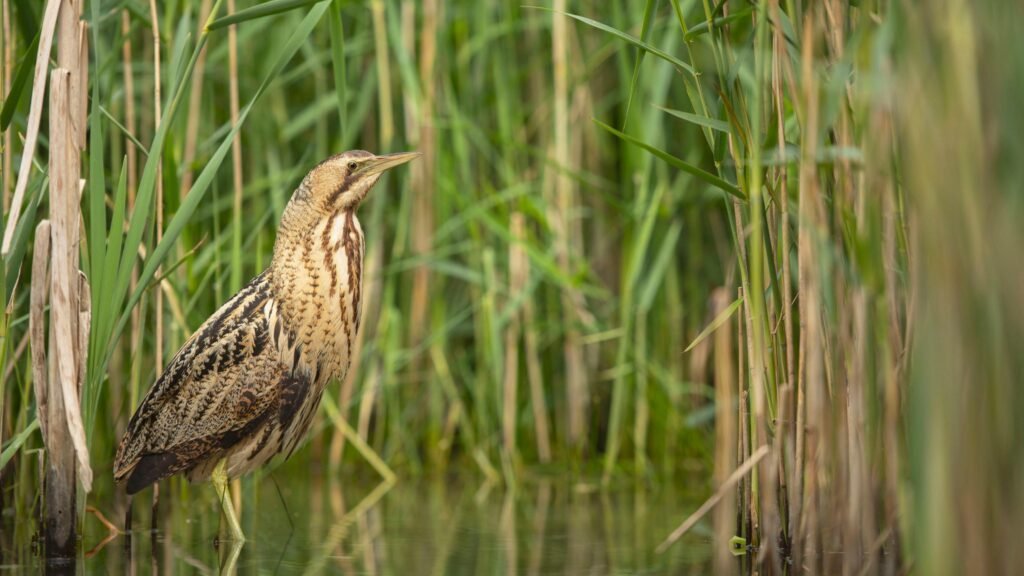
Middleton Lakes has also celebrated significant success for other wading birds. Avocets have raised ten families totaling 16 chicks, while lapwings have produced 14 young from 11 pairs. Other wader species at the reserve have also fledged chicks this season, reflecting the effectiveness of RSPB’s habitat management and favorable weather conditions. Bittern Breeding Record.
From Quarry to Wildlife Haven
Once a gravel quarry, Middleton Lakes was transformed into a sanctuary for wildlife when the RSPB took over in 2007. Over the years, the reserve has become a vital refuge for threatened birds and an example of how careful conservation can restore ecosystems.Bittern Breeding Record.
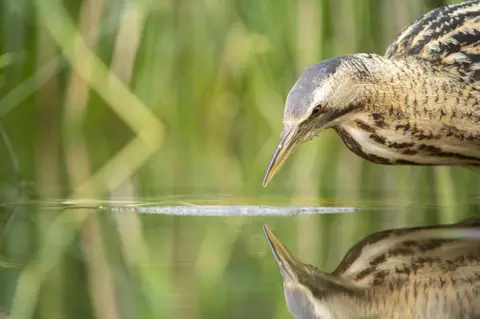
Thorpe adds, “Our success shows that protecting and improving habitats pays off. Every chick that fledges represents hope for the future of these iconic birds.”
